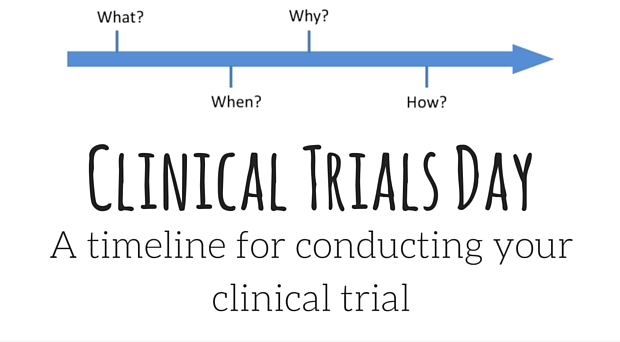
It all began with James Lind in the 1740s, and his observation that British fleet scurvy caused more deaths than in French and Spanish fleets combined. He hypothesized that the citrus fruit on board the latter were minimizing their risk so on May 20, 1747, took 12 patients on board the British Salisbury and tested whether these fruit would alleviate their scurvy symptoms.
This gave rise to one of the first ever recorded clinical trials and why we celebrate International Clinical Trials Day globally on May 20.
Since Lind’s pioneering work 269 years ago, medical research has come a long way.
This year, BioMed Central has put together a clinical trial timeline; new stages will be added throughout the week, many with comments from those within the field, so that by International Clinical Trials Day (on Friday) the full timeline will be available.
[timeline-express]
Comments